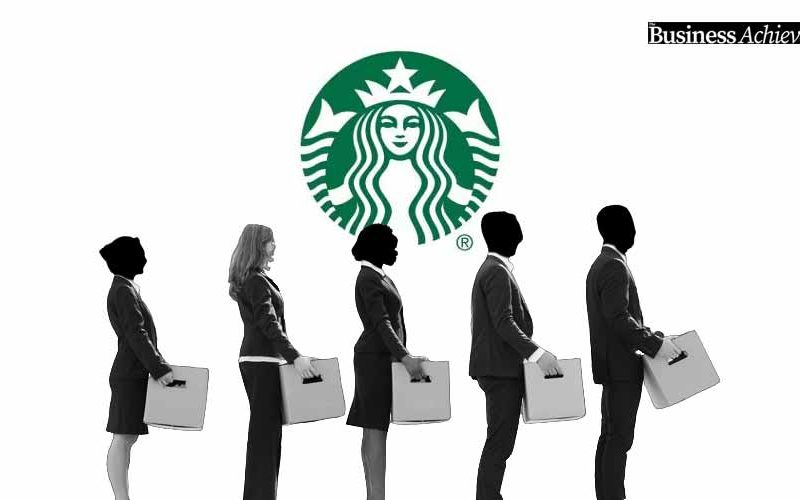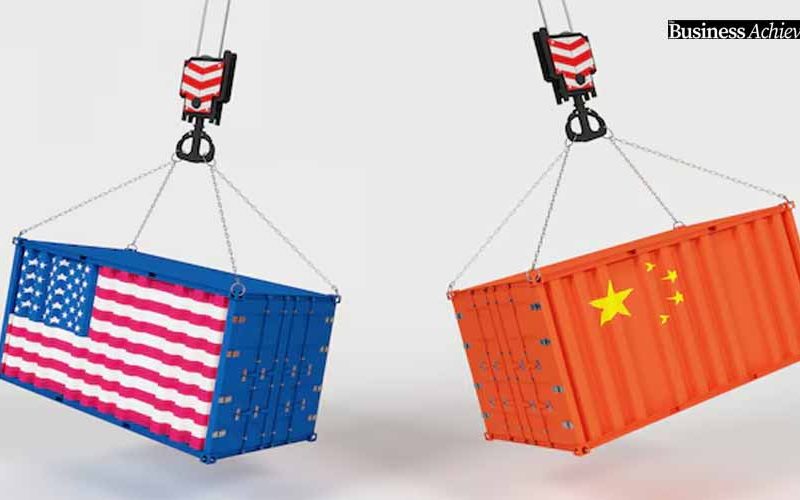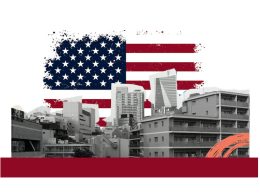Find out what’s behind these corporate layoffs and their impact on the company’s future
Starbucks has announced the elimination of 1,100 corporate positions, alongside the closure of several hundred unfilled roles. This decision, unveiled by CEO Brian Niccol, aims to enhance efficiency and streamline the company’s structure. Notably, these layoffs will not impact in-store employees, including baristas, or those involved in roasting, manufacturing, warehousing, and distribution.
Background and Rationale
Brian Niccol, who assumed the role of CEO in September 2024, has been steering Starbucks through a period marked by declining sales and foot traffic. In the quarter ending December 2024, the company reported a 4% drop in same-store sales. To address these challenges, Niccol introduced the “Back to Starbucks” initiative, focusing on revitalizing the brand and refining its operational framework. The recent layoffs are a pivotal component of this strategy, targeting the reduction of organizational layers and the elimination of redundant roles to foster more agile and accountable teams.
Details of the Layoffs
The 1,100 positions being eliminated pertain primarily to corporate support functions. Employees affected by this decision will be notified by midday Tuesday and will receive severance packages, extended pay, and benefits until May 2, 2025. Additionally, Starbucks is offering career transition assistance to support these individuals during the transition. To maintain privacy during the notification process, the company has requested that corporate staff work remotely throughout the week.
Operational Changes and Future Plans
Beyond workforce reductions, Starbucks is implementing several operational changes to enhance efficiency and customer experience:
- Menu Simplification: The company plans to remove 13 underperforming beverages from its menu, including certain Frappuccino varieties and the Royal English Breakfast Latte. This initiative aims to streamline operations and focus on more popular offerings.
- Remote Work Policy Update: Starbucks is adjusting its remote work guidelines. Vice presidents and higher-level executives in North America are now required to work from the Seattle or Toronto offices at least three days a week. Employees at the director level and below will retain their current remote work status. Future corporate hires will predominantly be based in Seattle or Toronto, with exceptions for designated remote positions.
Industry Context
Starbucks’ restructuring aligns with a broader trend of corporate adjustments in the food and beverage industry. Companies like Bloomin’ Brands and Dine Brands have also announced corporate layoffs to streamline operations and adapt to changing market conditions. These measures reflect a strategic shift towards efficiency and a renewed focus on core business areas.
The decision to reduce its corporate workforce underscores Starbucks’ commitment to restructuring for improved efficiency and a revitalized brand presence. While such measures are challenging, they are deemed necessary to position the company for sustained success in a competitive market. As Starbucks navigates this transition, the emphasis remains on enhancing the customer experience and streamlining operations to meet evolving consumer preferences.







